Zhiliang Pan
A Deep Learning-Based Target Radial Length Estimation Method through HRRP Sequence
Jul 16, 2024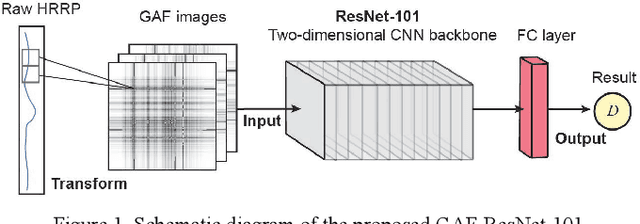
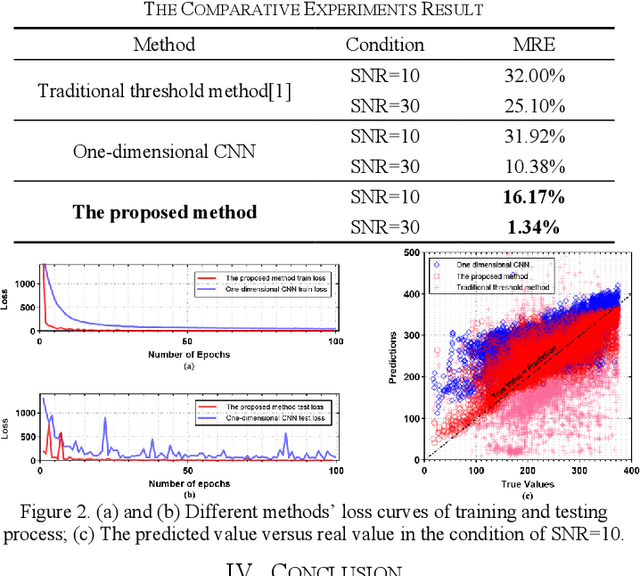
Abstract:This paper introduces an innovative deep learning-based method for end-to-end target radial length estimation from HRRP (High Resolution Range Profile) sequences. Firstly, the HRRP sequences are normalized and transformed into GAF (Gram Angular Field) images to effectively capture and utilize the temporal information. Subsequently, these GAF images serve as the input for a pretrained ResNet-101 model, which is then fine-tuned for target radial length estimation. The simulation results show that compared to traditional threshold method and simple networks e.g. one-dimensional CNN (Convolutional Neural Network), the proposed method demonstrates superior noise resistance and higher accuracy under low SNR (Signal-to-Noise Ratio) conditions.
HRRPGraphNet: A Graph Neural Network Based Approach for HRRP Radar Target Recognition
Jul 11, 2024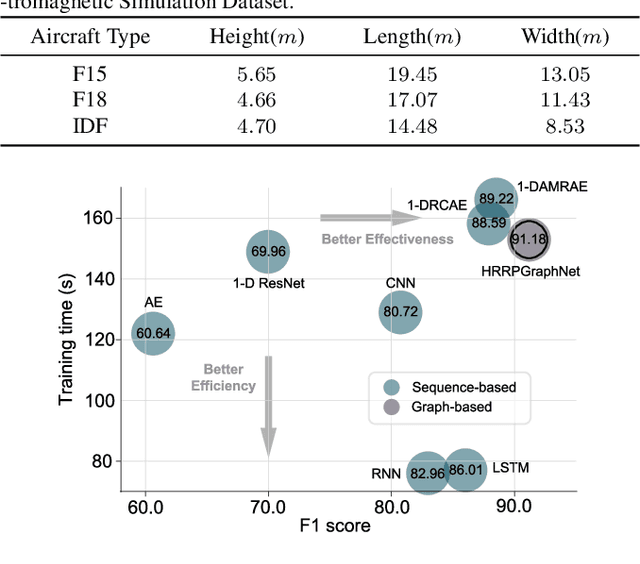
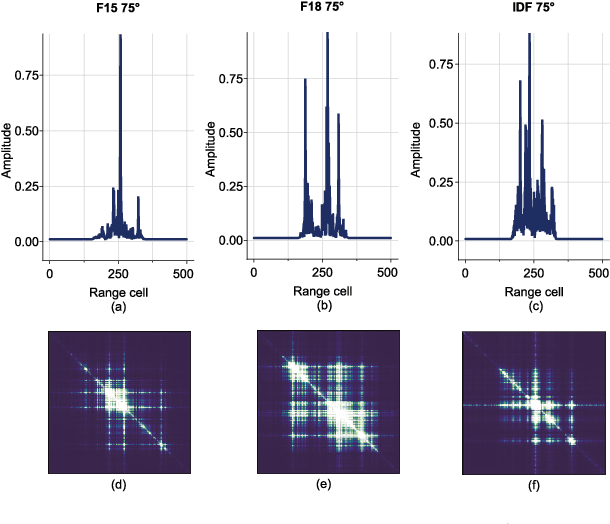
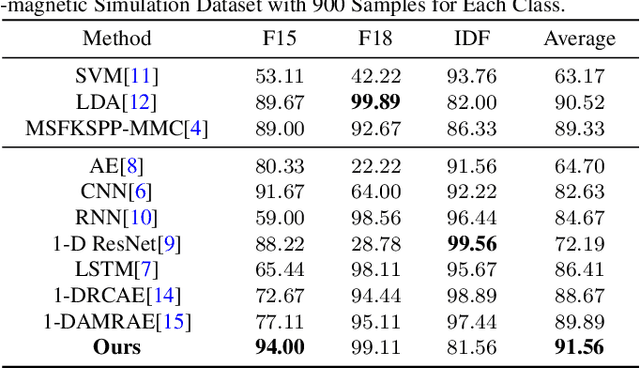
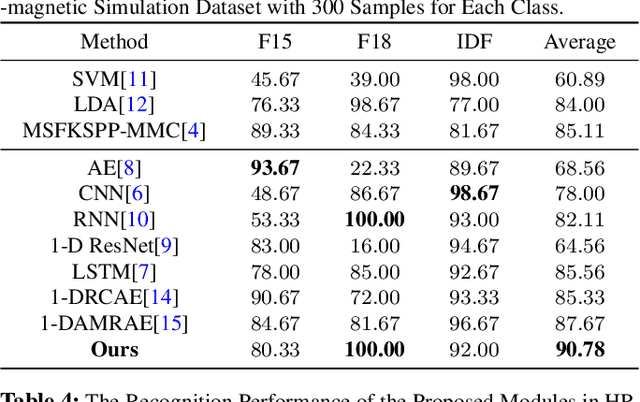
Abstract:High Resolution Range Profiles (HRRP) have become a key area of focus in the domain of Radar Automatic Target Recognition (RATR). Despite the success of data-driven neural network-based HRRP recognition, challenges such as insufficient training samples persist in its real-world application. This letter introduces HRRPGraphNet, a novel Graph Neural Network (GNN) model designed specifically for HRRP target recognition that leverages new insights to address these challenges. A pivotal innovation is the transformation of HRRP data into a graph structure, utilizing a range cell amplitude-based node vector and a range-relative adjacency matrix. This graph-based approach facilitates both local feature extraction via one-dimensional convolution layers and global feature extraction through a graph convolution layer, capitalizing on the intrinsic relationships between range cells which is a distinct advantage over existing sequence-based methods. Experiments on the aircraft electromagnetic simulation dataset and the measured dataset have confirmed HRRPGraphNet's superior accuracy and robustness, particularly in fewer training sample environments, underscoring the potential of graph-driven innovations in HRRP-based RATR.
 Add to Chrome
Add to Chrome Add to Firefox
Add to Firefox Add to Edge
Add to Edge